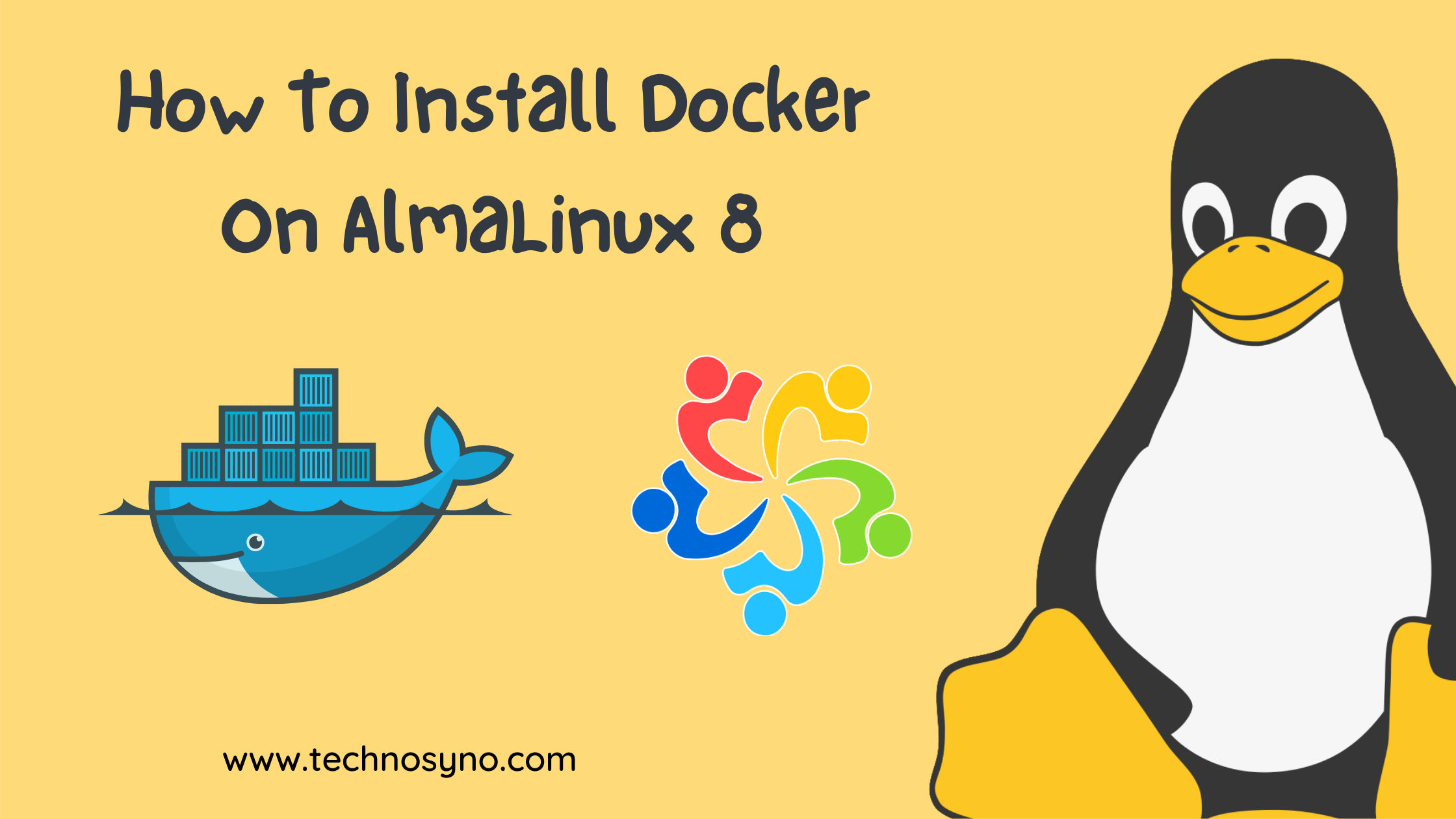Docker is an open platform for developing, shipping, and running applications. Docker enables you to separate your applications from your infrastructure so you can deliver software quickly. With Docker, you can manage your infrastructure in the same ways you manage your applications. By taking advantage of Docker’s methodologies for shipping, testing, and deploying code quickly, you can significantly reduce the delay between writing code and running it in production.
Prerequisites
This tutorial will require you to prepare a server with AlmaLinux OS installed. You can also follow the same tutorial for CentOS 8.
Step 1 : Install Package Management Tool
Yum-utils is included in the base repo so you can directly install it using yum command :
yum install -y yum-utilsStep 2 : Add Docker Repo to AlmaLinux
yum-config-manager --add-repo https://download.docker.com/linux/centos/docker-ce.repoStep 3 : Install Docker Engine
Install the latest version of Docker Engine and containerd.
dnf install docker-ce docker-ce-cli containerd.io -yStep 4 : Enable Docker Auto Start On Reboot
systemctl enable dockerStep 5 : Start Docker Engine
service docker startStep 6 : Install Docker Compose
Run this command to download the current stable release of Docker Compose:
sudo curl -L "https://github.com/docker/compose/releases/download/1.29.2/docker-compose-$(uname -s)-$(uname -m)" -o /usr/local/bin/docker-composeApply executable permissions to the binary:
sudo chmod +x /usr/local/bin/docker-composeTest Docker Compose via this command :
docker-compose --version








